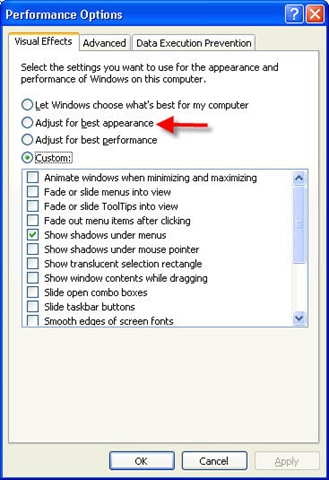

- Win32 application wizard does not launch visual studio how to#
- Win32 application wizard does not launch visual studio install#
- Win32 application wizard does not launch visual studio windows 10#
- Win32 application wizard does not launch visual studio code#
In the middle pane, select Win32 Project.

In the New Project dialog box, in the left pane, expand Installed > Templates > Visual C++, and then select Win32. ::: moniker range="msvc-140" To create a Windows desktop project in Visual Studio 2015 Make sure Precompiled Header isn't selected. Under Additional options, select Empty project. In the Windows Desktop Project dialog, under Application type, select Windows application (.exe). In the Name box, type a name for the project, for example, DesktopApp. In the middle pane, select Windows Desktop Wizard. In the New Project dialog box, in the left pane, expand Installed > Visual C++, then select Windows Desktop. On the File menu, choose New and then choose Project. ::: moniker range="msvc-150" To create a Windows desktop project in Visual Studio 2017 To continue, skip ahead to Create the code. Your project is now created and your source file is opened in the editor. In the Name box, type a name for the file, for example, HelloWindowsDesktop.cpp. In the Add New Item dialog box, select C++ File (.cpp). In Solution Explorer, right-click the DesktopApp project, choose Add, and then choose New Item. Under Application type, select Desktop application (.exe). The Windows Desktop Project dialog now appears. In the next page, enter a name for the project, for example, DesktopApp.Ĭhoose the Create button to create the project. ::: moniker range=">=msvc-160" To create a Windows desktop project in Visual Studioįrom the main menu, choose File > New > Project to open the Create a New Project dialog box.Īt the top of the dialog, set Language to C++, set Platform to Windows, and set Project type to Desktop.įrom the filtered list of project types, choose Windows Desktop Wizard then choose Next. It's found at the top of the table of contents on this page. To see the documentation for your preferred version of Visual Studio, use the Version selector control.
Win32 application wizard does not launch visual studio code#
As you go, you'll enter the code for a working Windows desktop application. Don't worry, we don't do anything too complicated.įollow these steps to create your first Windows desktop project. For an introduction, see Visual Studio IDE feature tour.Īn understanding of enough of the fundamentals of the C++ language to follow along.

If you've used Windows desktop apps before, you can probably keep up.
Win32 application wizard does not launch visual studio install#
You can run the installer again and install it now.Īn understanding of the basics of using the Visual Studio IDE. Don't worry if you didn't install this workload when you installed Visual Studio. When you run the installer, make sure that the Desktop development with C++ workload is checked.
Win32 application wizard does not launch visual studio how to#
For information on how to download and install Visual Studio, see Install Visual Studio.
Win32 application wizard does not launch visual studio windows 10#
We recommend Windows 10 or later for the best development experience.Ī copy of Visual Studio. PrerequisitesĪ computer that runs Microsoft Windows 7 or later versions. The Build the code section at the end of this document shows the complete code. There are many ways to create Windows applications, but the process above was the first.įor the sake of brevity, some code statements are omitted in the text. For more information about the Windows API, see Windows API Index. Even the most modern Windows Runtime code for UWP and Store apps written in C++/WinRT uses the Windows API underneath. More advanced and easier-to-program frameworks have been built on top of the Windows API. It has been in existence since the 1980s and has been used to create Windows applications for decades. The Windows API (also known as the Win32 API, Windows Desktop API, and Windows Classic API) is a C-language-based framework for creating Windows applications. You can use the code that you develop in this walkthrough as a pattern to create other Windows desktop applications. The example application you'll create uses the Windows API to display "Hello, Windows desktop!" in a window. This walkthrough shows how to create a traditional Windows desktop application in Visual Studio. Walkthrough: Create a traditional Windows Desktop application (C++)


 0 kommentar(er)
0 kommentar(er)
